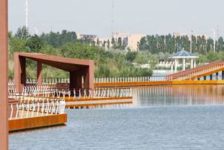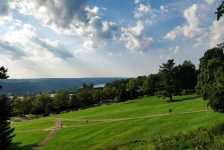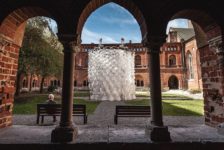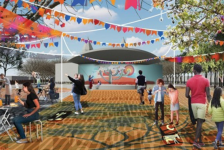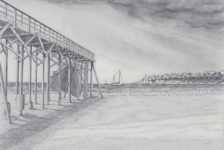Anyone who is, or has been, a landscape architecture student knows the value of exploring past and present projects for both design ideas and inspiration. Anyone who is, or has been, a landscape architecture student also knows that free time is hard to come by. Rarely do you get the opportunity to take time out to scour the Internet for such designs. So, I am here to help. The following 10 projects for students are examples of incredible landscape architecture that every student needs to know about, representing more than simply the aesthetic and pushing the boundaries of what landscape architecture is and what it can be! 1. Landschaftspark Duisburg Nord Why? Duisburg Nord is considered an icon in the reclamation and reuse of a post-industrial landscapes. The designers built respectfully atop the existing site and procured new layers of meaning through enhancing found structures and integrating landscape, park, and garden design. The repurposing of this industrial site kick-started a change in how people think about existing spaces within the public realm. Landschaftspark Duisburg Nord also features in our Top 10 Reused Industrial Landscapes 2. Paley Park
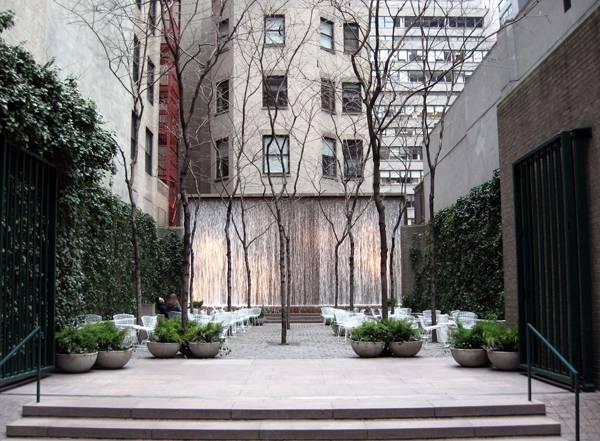
“Creative Commons Paley Park on a cloudy, chilly late winter afternoon”. By Jim.henderson licensed under CC
Why? For its human scale and maximization of a small space. This tiny pocket park in midtown Manhattan is a superb example of a privately owned public space. Its location at street level lures pedestrians in, providing users with an intimate park experience and respite from the bustling city.
3. The High Line 
The world Famous Highline project; photo credit: Stuart Monk, shutterstock.com
Why? As clichéd as it may be, it deserves to be here. The initiative and vision of two High Line neighborhood residents, Joshua David and Robert Hammond, resulted in the foundation of the Friends of the High Line. They advocated its reuse rather than demolition. Where others saw destruction, they saw opportunity.
4. The Eden Project 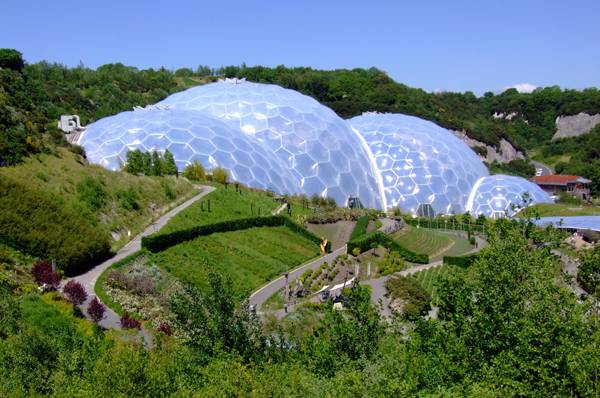
“Creative Commons The iconic bio-domes of the Eden Project, Cornwall, England”. Source Flickr as The Biomes, by Jon licensed under CC 2.0
Why? For its self-sufficiency and education. This former china clay quarry now acts as one of the largest plant enclosures in the world. No imported soil was used in the design.– Instead, green waste, surplus sand, and clay were manufactured into topsoil. Within the gardens are vast botanical and ecological collections that educate visitors about the relationship between plants and people around the world.
5. 9/11 Memorial 
9/11 Memorial site design with Peter Walker; credit: Scott Renwick
Why? These sculptural voids represent one of the most infamous events in human history. Out of disaster has come a beautiful and touching memorial that preserves and honors citizens’ painful recollections. This high-use public spacesuccessfully portrays devastating loss while simultaneously celebrating rebirth and life. The 9/11 Memorial also features in our
Top 10 Names In Landscape Architecture Today 6. Zhongshan Shipyard Park Why? For rejecting popular attitudes toward Chinese park design and for its acknowledgement of the Cultural Revolution. This former industrial shipyard represents 50 years of socialist China, and the designers recognized that the historic experiences encapsulated within it should be celebrated, not erased. It was this recognition and incorporation of the recent past that led to a new public park movement in China. See this project
here! 7. Shanghai Houtan Park 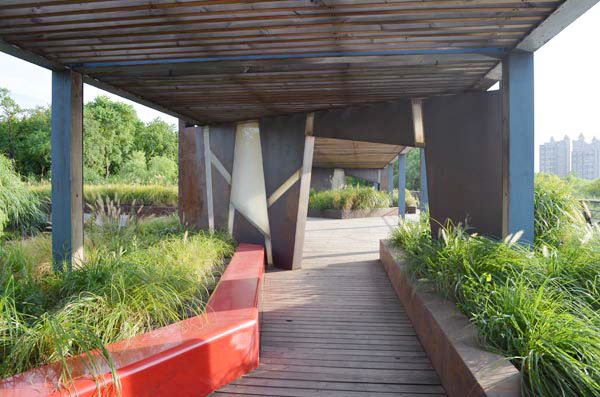
Structure and planting at Houtan Park; photo credit: Lisa Sabella
Why? For its landscape performance benefits and its showcasing of sustainable technologies. This former industrial site now serves as a linear corridor containing a series of natural and constructed wetlands. Not only is it an effective flood-control buffer, the site cleans up a whopping 634,000 gallons of polluted river water every day — purely through biological processes. Shanghai Houten Park also features in our article
Contemporary Landscape Architecture in China: Beautiful or Dangerous? 8. Gardens By The Bay South 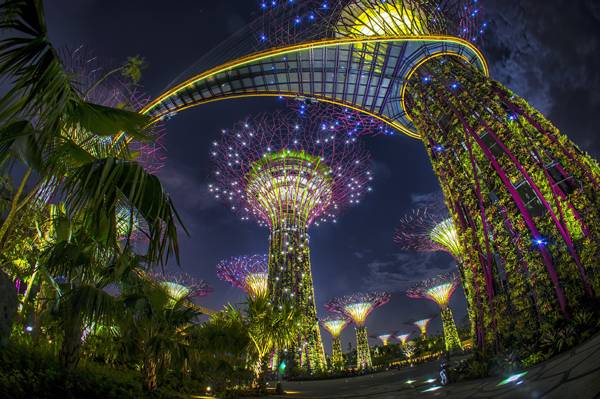
Gardens by the bay; credit: Photo collection from Robert Such, Darren Chin, Craig Sheppard
Why? Gardens By They Bay South makes the list for its success in bringing sustainability to the masses and its integrated multidisciplinary approach. The site functions as both a tourist destination and educational tool for the conservation of diverse flora, with its environmental infrastructure allowing otherwise endangered plants to flourish.
9. Superkilen 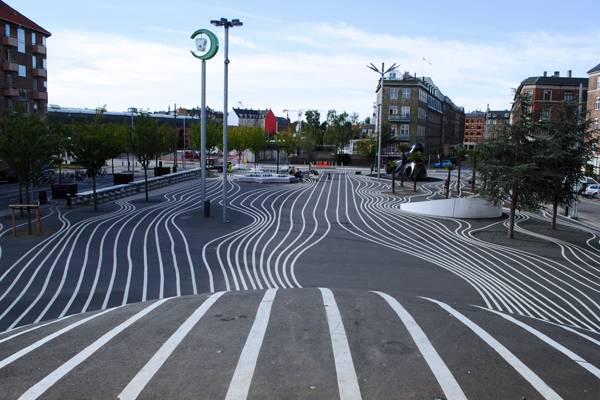
“Creative Commons Superkilen, Copenhagen, Denmark”. Source FA13_Superkilen_Emily_Lavieri-Scull, by Emily licensed under CC 2.0
Why? For stimulating social integration within a multicultural urban environment. Community participation was a key driver in this kilometer-long park situated north of Copenhagen’s city center. In order to unify and support the diversity of more than 60 nationalities, the designers traveled abroad with locals and sourced objects to utilize in the park that symbolized their national identities.
10. Bingara and The Living Classroom Why? For its vision in future-proofing Australian rural communities. The Living Classroom master plan aims to transform a community’s 150-hectare town common into a self-sustaining and regenerative agricultural food forest. With the food-supply chain representing a major part of our environmental footprint, the project will solidify the town’s future economic prosperity and serve as an exemplar for surrounding regions. See it
here! There you have it. These projects provide a great base for inspiration or exemplar designs, and represent at least part of a broad scope of the work the profession of landscape architecture entails. Readers, if you have suggestions for additional projects, please do comment!
You may also be interested in the following: Top 10 World Class Landscape Architecture Projects of 2013 Article written by Paul McAtomney
Published in Blog









